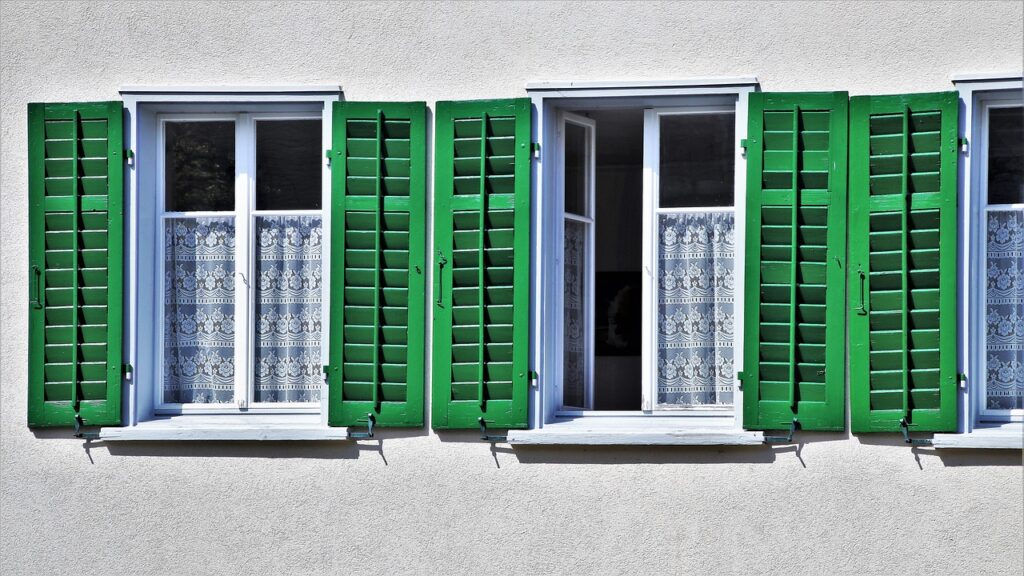In Hot Weather, Should You Open or Close Windows?

Summer is the warmest season in many regions due to the tilt of the Earth’s axis. During summer months, the hemisphere tilted towards the Sun receives more direct sunlight and experiences longer daylight hours, resulting in higher temperatures.
Professor Amin Al-Habaibeh, an heat transfer expert at Nottingham Trent University, in an interview with The Independent, said “It is all about heat transfer. We need to reduce heat gain to inside the building in hot weather.”
In short, Al-Habaibeh recommends opening windows when the temperature inside the house exceeds the external temperature. Otherwise, “keep the windows closed.” Properly managing your windows during the hot season can help keep your home cooler and more comfortable. Here are some steps you can take:
Keep Windows Closed
Closing windows during the hottest part of the day helps prevent warm air from entering your home, lowering indoor temperature. This is especially important if you don’t have air conditioning or are trying to conserve energy.
Close windows that are in direct sunlight. If windows are directly exposed to the Sun, keeping them closed can prevent the heat from entering.
Shading and Insulation
Direct sunlight can significantly heat a room. Block out heat and prevent it from entering your home by shutting blinds or curtains in rooms that receive direct sunlight.
Open Windows
Opening windows during cooler times, such as early mornings or evenings. This allows fresh air to circulate and cool down your home which can help to improve indoor air quality and create a more comfortable environment.
Open windows on the shady side of the house. If you have windows shaded from the Sun, opening them can allow cooler air to flow into your home. Shaded areas tend to have lower temperatures, so taking advantage of this natural cooling effect can help create a more comfortable indoor environment.
Create a Draft (Cross Ventilation)
Open windows on opposite sides of your home to allow for cross ventilation. Ideally, open windows on the side where the wind is coming from and on the opposite side to let the air flow through. Creating a draft or airflow can help cool your home, but its effectiveness depends on various factors such as humidity levels, outdoor temperature, and the design of your residence.
Local Climate and Humidity
Consider the specific climate and humidity levels in your area. If the outside air is extremely hot and dry, opening the windows may not provide much relief and could even make the indoor environment hotter. In such cases, relying on other cooling methods like fans or air conditioning might be more effective.
In conclusion
- In hot weather, keep your windows closed during the hottest part of the day and open them during cooler times, such as mornings and evenings, if the temperature inside the house exceeds the temperature outside.
- When possible, shade windows from direct sunlight.
Remember, the guidelines are general recommendations; you may need to adjust them based on your specific circumstances and personal preferences. Monitoring the temperature and humidity inside and outside your home can help you make informed decisions about when to open or close your windows.